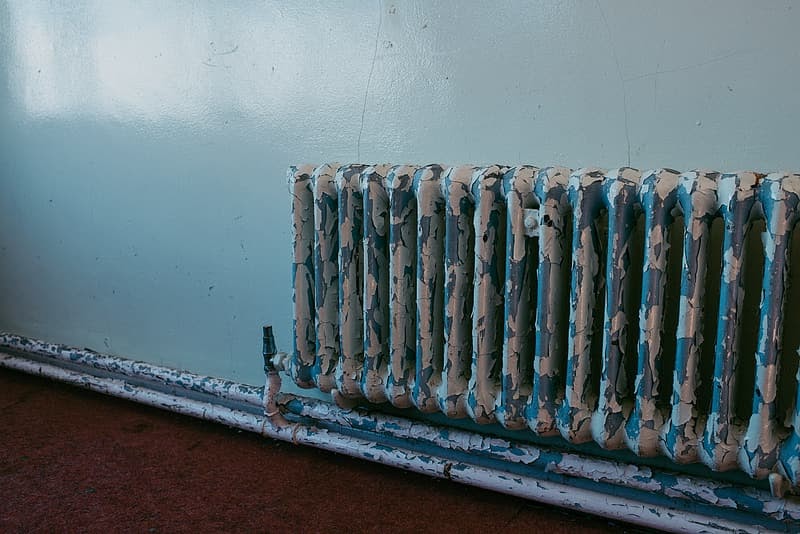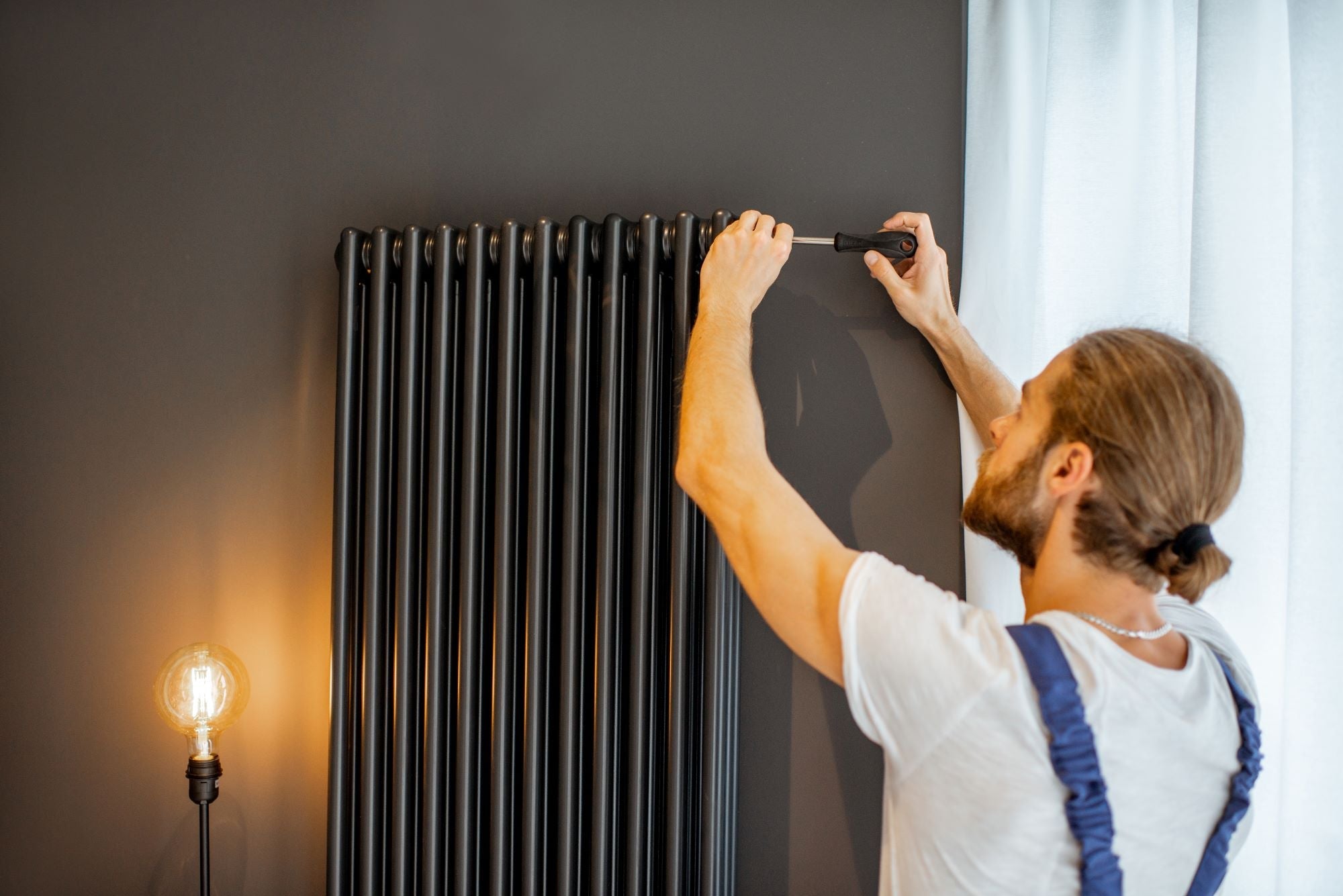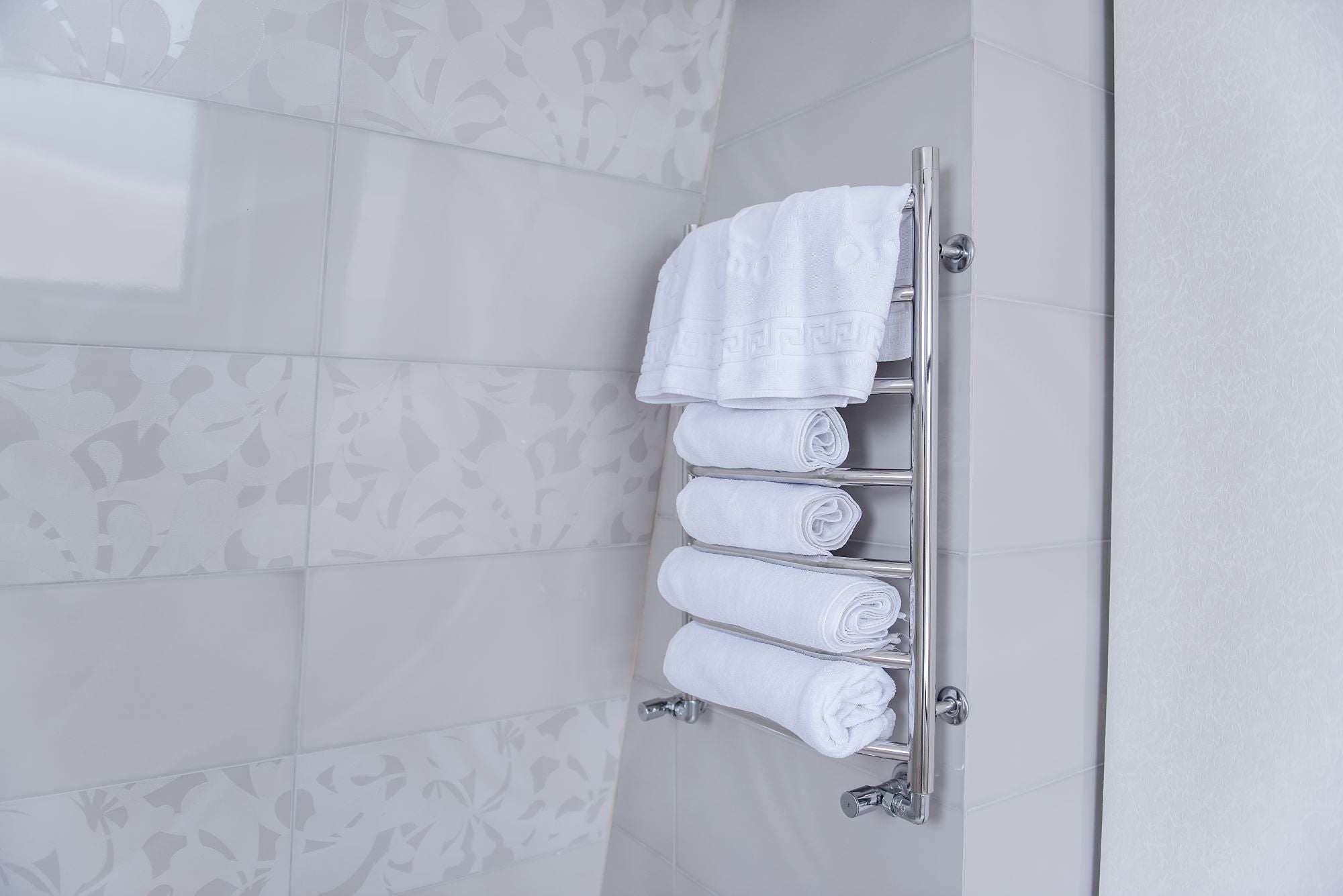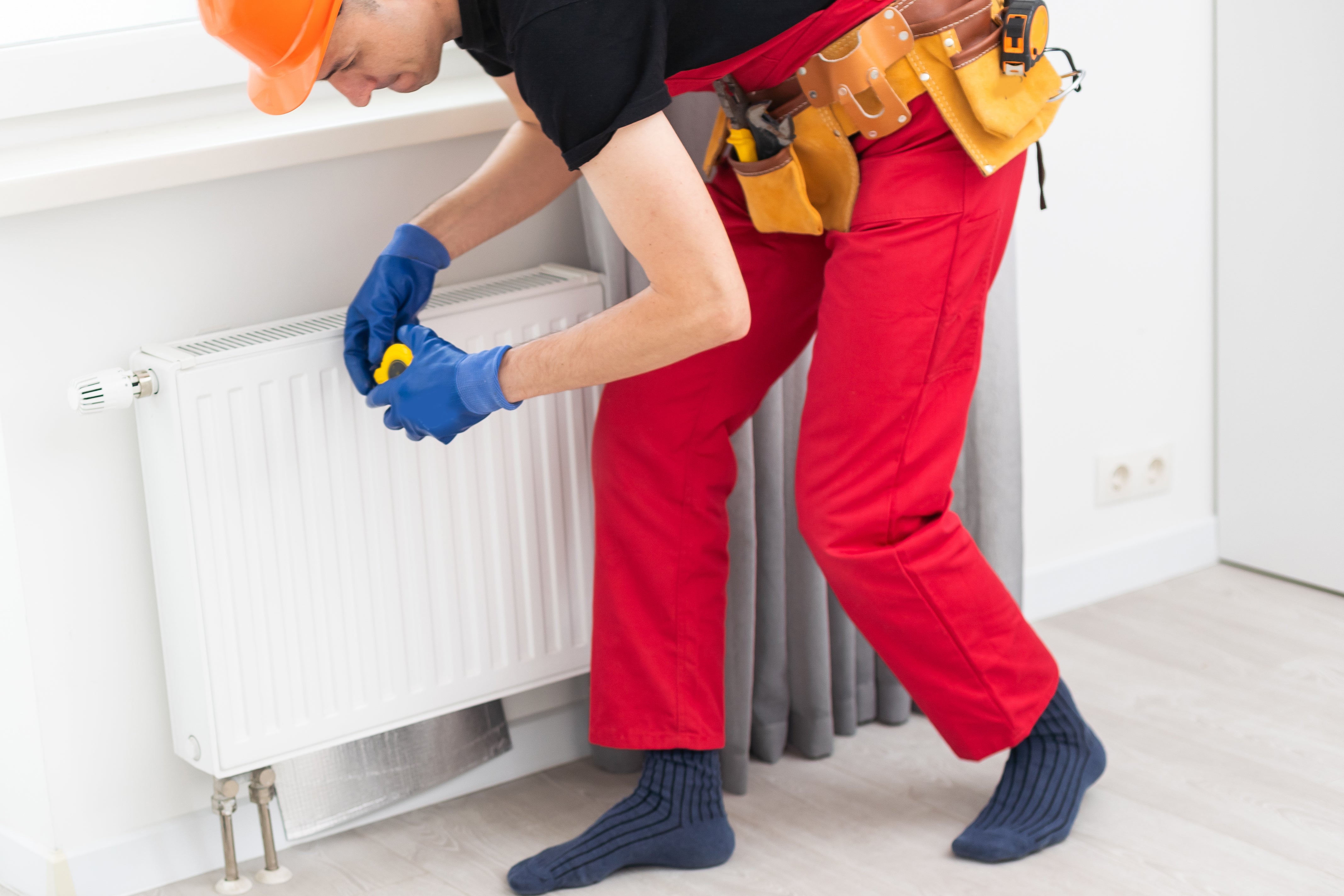
What you should know before painting a radiator
Why paint a radiator?
Before we jump into the steps it takes to paint radiators, let’s consider the reasons for wanting to paint them in the first place. There are many reasons why you may want to paint your radiator, from giving it a makeover to saving money you’d otherwise spend on buying a new radiator. However, each of these reasons may be better suited to other alternatives.
To save money on buying a new radiator
The economic climate that we find ourselves in right now means that we’re all looking for ways to cut down costs and spending. So if your radiator is old, you may want to paint it rather than having to buy a new one.
To refresh the look of an old radiator
Over time, your radiator can become worn, dirty and, let’s face it, unattractive. Many people may want to “spruce up” their old radiator by giving it a makeover, so painting your radiator is an option for those who want to turn their radiator from a boring standard appliance to a statement piece of furniture.
To match your radiator to your decor
If you’ve recently renovated your home or a room in your house, you may want to update your radiator so that it matches with the decor you’ve chosen. In the rare instance that you didn’t replace your radiator too, you may want to paint it so that it can match the rest of your furniture.
The real process of painting a radiator
You may be thinking that there’s a straightforward, one-step answer to the question of how to paint a radiator. But in actual fact, whilst you can paint a radiator, the painting itself is only one part of a bigger, more complex, process. Wanting to spruce up your radiator or update it to match the rest of your decor is understandable, but painting your radiator isn’t as easy as you would think. There are many more steps involved than simply slapping a few coats of paint on your radiator. In fact, just doing that does more harm than good.
There’s a lot of preparation required
Firstly, you need to prepare your radiator for the paint. And this step really puts the “pain” in painting your radiator. Before you can even think about painting your radiator, it must be thoroughly cleaned, stripped, sanded and primed.
Cleaning:
To clean your radiator, you can use a damp cloth and some soapy water to remove dust and any dirt that may have built up on the surface of your radiator.
Stripping:
When it comes to stripping your radiator, any paint stripper is fine to use, and the aim is to remove any layers of paint that are currently on your radiator. Be careful when scraping the paint off that you don’t damage the original structure of your radiator. This step will make the application of your new paint easy and smooth.
Sanding:
Finally, the radiator needs to be sanded down to ensure that the surface is smooth and ready to be painted on. It’s recommended to use two different grades of sandpaper so that you can achieve a smooth finish that removes bumps and imperfections of any size.
Priming:
The last stage of preparation is priming. You will need to prime the surface of your radiator too, to protect the structure of it and to help the paint be applied in the most effective way. Sounds like a lot, right? This is labour-intensive, not to mention time-consuming, work and is needed to remove surface-level stains, peeling, bumps and even signs of rusting. It’s crucial not to miss out these steps because it can affect both the look and efficiency of your radiator. So if you’re still set on painting your radiator, you need to dedicate the time, investment and energy needed to carry out these crucial, albeit long-winded, preparations.
Painting your radiator can affect its heat output
This may sound hard to believe, but bear with us on this one. The main relationship between painting your radiator and its efficiency is to do with the type of radiator paint more than the colour or anything else. Whilst there are studies that show that darker colours can increase your radiator’s efficiency, this is only by an extremely small amount (we’re talking around 1%). The real factor to consider is the kind of radiator paint you use. A study has shown that a radiator coated with metallic paint will emit less heat, under otherwise identical conditions, than a similar radiator coated with non-metallic paint. It can affect the efficiency of your radiator to the point where using a metallic-based paint is the same as removing 1/6th of the radiator!
If you don’t do it right, it’s not worth doing at all
The key to painting radiators well is doing it right. As we’ve covered already, the steps required to prepare your radiator and to avoid compromising its efficiency are as critical as they are meticulous. Cutting corners and using ‘hacks’ simply won’t cut it when it comes to painting your radiator, so you must be willing to do it properly. A badly prepared radiator can result in peeling, which will defeat the purpose of sprucing up your radiator in the first place. And opting for a cheaper or more convenient radiator painting process can result in your radiator’s efficiency being compromised. Again, if you’re aiming to save money by painting your radiator, harming its efficiency will only result in higher energy bills. Put it this way - if you aren’t willing to do it right, it’s not really worth doing at all.
How to paint a radiator
Here’s the actual process of painting your radiator…
- Turn your radiator off and allow it to cool down fully (ideally overnight) before starting the painting process. If your radiator is still warm, the paint will drip and not adhere to the radiator’s surface very well.
- Prepare the area you will be painting on - this can be done with large plastic sheets so no paint gets on your flooring or surrounding areas.
- Take the radiator off the wall.
- Prepare your radiator. This means doing all four of the steps we mentioned above: cleaning, stripping, sanding and priming.
- Choose your paint. You should opt for a specially-formulated radiator paint that will be able to withstand constant temperature changes without damaging the integrity or quality of the paint.
- Apply 2 coats of paint, but ensure that you let the first coat dry fully before applying the second for the smoothest application possible.
- Wait at least 24 hours before turning your radiator on to avoid peeling or dripping.
Alternatives to painting your radiator
The extensive process of properly painting radiators means that it, in reality, isn't a quick and fun DIY job, so you may be looking for alternatives to painting your radiator.
Buy a new radiator
For those who want to paint their radiator because it’s old and is in need of a makeover, you may be glossing over bigger problems. If your radiator is old and worn out, there’s a good chance it isn’t functioning efficiently. In this case, it’s better to replace it with a new one. Despite the initial cost of replacing your radiator, it’s a long term investment that will save you money on energy bills in the long run. In fact, radiators that have been manufactured before 2000 can actually be up to 50% less efficient than the modern radiator models you see on the market today. So this way, you can give your radiator a refresh, and know that you can rely on your radiator for years to come. If efficiency is the name of the game, you can’t go wrong with an aluminium radiator, which uses less energy than steel or iron radiators. Learn all about aluminium radiators with our buyers’ information guide.
Match your new radiator with your decor
The radiator industry has come a long way since the countless white column radiator varieties of a few decades ago. Now you can find a range of different radiators that can suit virtually any decor, colour scheme and space. Here are just some of the options you have now:
- Vertical radiators: if you’re short of space, a vertical radiator such as our Typhon White Vertical Radiator can deliver maximum impact without taking up too much space.
- Custom colour radiators: if you love a splash of colour, your radiator can now be your room’s statement piece. If it’s stylish mochas, you can find the perfect colour for you.
- Designer radiators: you can find innovative designs such as a hexagon-shaped radiator, or even a coiled design that is eye-catching and energy-efficient.
Whatever radiator you’re in need of, we’re confident that you’ll be able to find what you’re looking for in our extensive range of radiators at UK Radiators.










